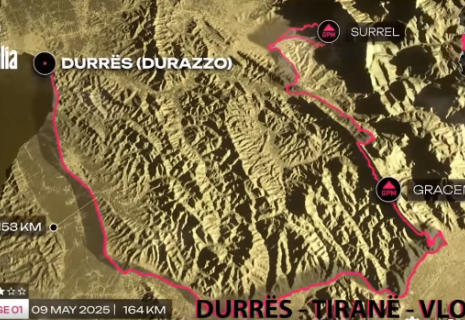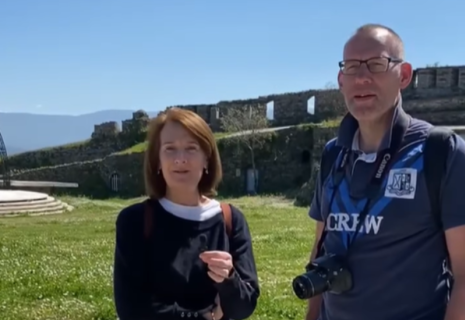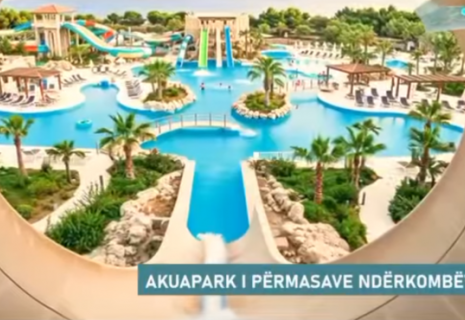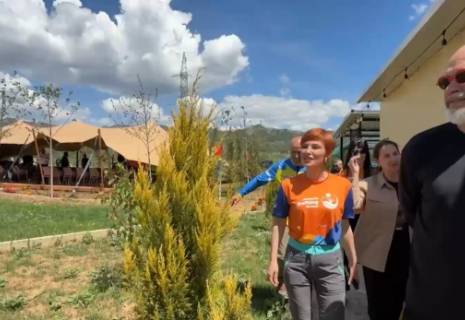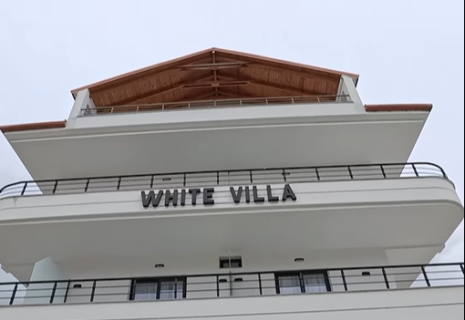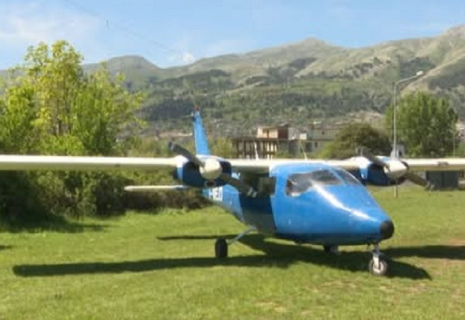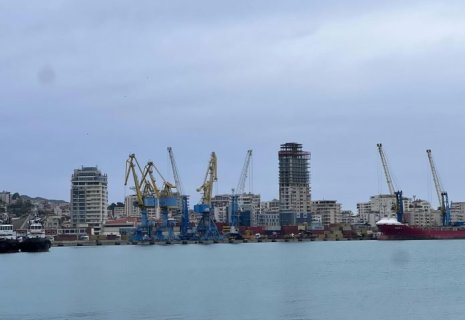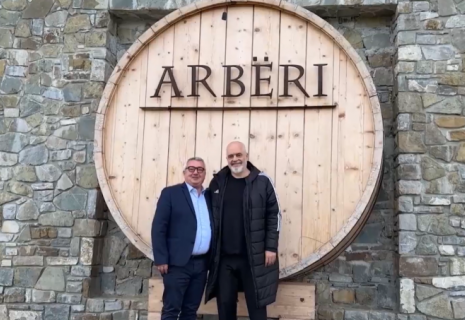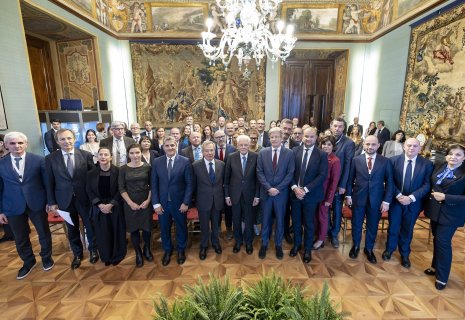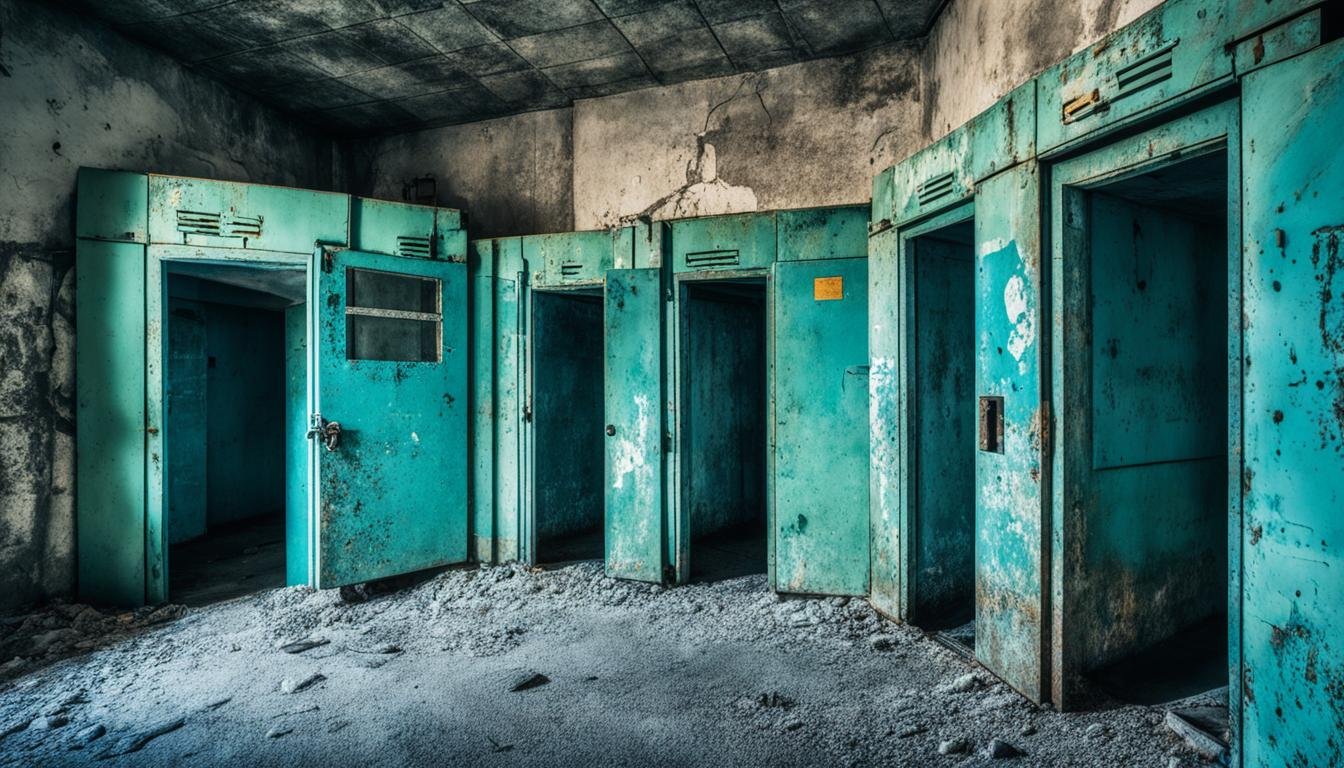
Secret bunkers in Albania: a glimpse into a nation’s past
Albania, a small Balkan nation with a rich and tumultuous history, is home to one of the most peculiar remnants of its Communist era: a sprawling network of over 175,000 bunkers scattered across the country. These concrete structures, built during the Cold War, serve as eerie reminders of a time when paranoia and isolation defined Albania's political landscape, CE Report reports.
Why Were the Bunkers Built?
The massive bunker construction project was initiated by Enver Hoxha, Albania’s authoritarian leader from 1944 to 1985. Hoxha, deeply distrustful of both the West and the Eastern Bloc, believed Albania was under constant threat of invasion. This led to the implementation of an extensive military defense plan, with bunkers at its core. These structures were designed to withstand artillery and bomb attacks, serving as protective shelters for soldiers and civilians in case of war.
Construction began in the 1960s and continued for decades, consuming a significant portion of the national budget. Each bunker was made of reinforced concrete, and their sizes ranged from small, one-person shelters to large underground complexes capable of housing hundreds. It is estimated that, at its peak, one bunker was built for every four Albanians.
Strategic Locations
The bunkers were positioned throughout Albania, in both urban and rural areas. They dot the hillsides, line the beaches, and are even nestled in remote mountain ranges. The idea was to ensure a network that would provide comprehensive coverage across the nation, enabling resistance forces to operate and defend against any invading army.
The Bunkers Today
With the fall of Communism in the early 1990s, the bunkers lost their strategic significance. Today, they stand as relics of a bygone era, serving no practical purpose but stirring curiosity among locals and visitors alike. Many have been left to decay, overtaken by nature or urban development. However, some have found new uses, transformed into cafes, art installations, museums, and even homes.
The Bunk’Art Museum in Tirana, the capital of Albania, is one such example. This former underground nuclear bunker has been repurposed into a museum that chronicles Albania's history under Hoxha’s regime. Visitors can explore its labyrinth of rooms, learning about the stark realities of life under a paranoid dictatorship.
Symbolism and Reflection
For many Albanians, the bunkers symbolize the fear and isolation that characterized the Hoxha era. They are a testament to the regime’s misplaced priorities, with resources funneled into defense against an imagined enemy rather than improving the quality of life for citizens. However, they also serve as an opportunity for reflection, inviting both locals and tourists to ponder the impact of authoritarian rule and the resilience of a nation that has since embraced democracy.
Tourism and the Future of the Bunkers
In recent years, Albania’s bunkers have become a curious draw for tourists. Adventurous travelers seek them out for exploration, photography, and insight into the country’s unique history. Their role in tourism has sparked discussions about how to preserve these structures while finding sustainable ways to incorporate them into modern life.
Conclusion
Albania’s secret bunkers are more than just concrete structures; they are historical artifacts that offer a glimpse into a time of global tension and national paranoia. As Albania continues to modernize and look to the future, these bunkers remain as both a stark reminder of its past and a testament to the resilience of its people. Whether abandoned in the countryside or repurposed into creative spaces, they stand as silent witnesses to an era that shaped Albania’s identity.

